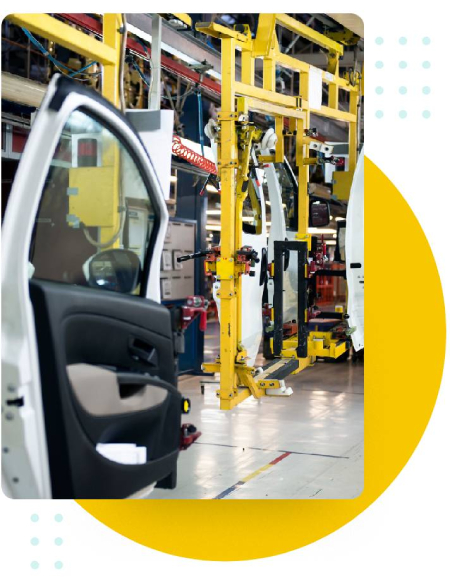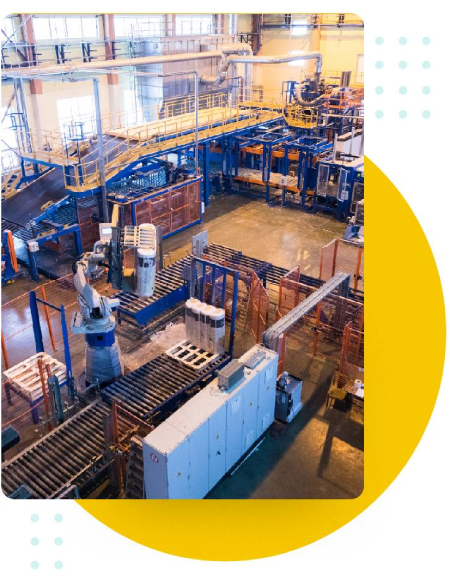At this point, it is safe to say that we have made our case for the fact that just in time inventory management, for the most part, is good and beneficial for every business. However, if you are looking to incorporate this strategy into your operations, you will have to look beyond the basic and understand both the pros and cons of relying on the just in time method.
How does Just In Time Inventory Management improve business
So, how does just in time inventory management improve business?
First, let’s sum up with just in time inventory management can be a good choice for you. If you are looking to cut down on expenses, just in time is a great option. We have discussed this in detail above, but just in time is specially geared towards preventing you from spending money on those aspects of your business that don’t need it. So, regardless of the size and nature of your business, if financial cuts are your priority, then just in time can come to the rescue.
Other than that, just in time can help you reduce waste, increase the flexibility of your production processes, utilise your human resources better, and enable your workers to work together as a team. It is a great way of boosting productivity, which is why it can be employed as an efficiency mechanism within your inventory management processes.
Many businesses consider vendor managed inventory vs just in time to be similar because in both of them, you are dependent on the vendor/supplier in some way. However, when it comes to actually analysing the vendor managed inventory vs just in time debate, it is pretty obvious that just in time inventory management is a much better option since it allows you to have a much stronger control over the trajectory of your inventory management processes.
Risks of Just in Time Inventory Management
As good as just in time inventory management can help you improve your business, there are certainly some drawbacks of the method that you should certainly be aware of in order to make informed choices.
In this regard, the main thing to keep in mind is that the only way you’re just in time inventory management methods can be successful is if your forecasting game is strong. So, in order for inventory management to actually work and elevate the success of your business, your forecasts and planning need to be precise and accurate.
Other than that, you need to have a strong relationship with your supplier. If you want the just in time method to be seamlessly incorporated into your business operations, you need a supplier you can rely on – because the last thing you want is to be left hanging in the dark by your supplier. If you don’t have a functional relationship with your supplier where you communicate frequently, then just in time can turn out disastrous for you. If they fail to show up with the needed materials and goods even once, the whole fulfilment procedure can take the worst turn for you!
Keeping these aspects in mind, let’s look at some risks that come with the just-in-time inventory management strategy.




































